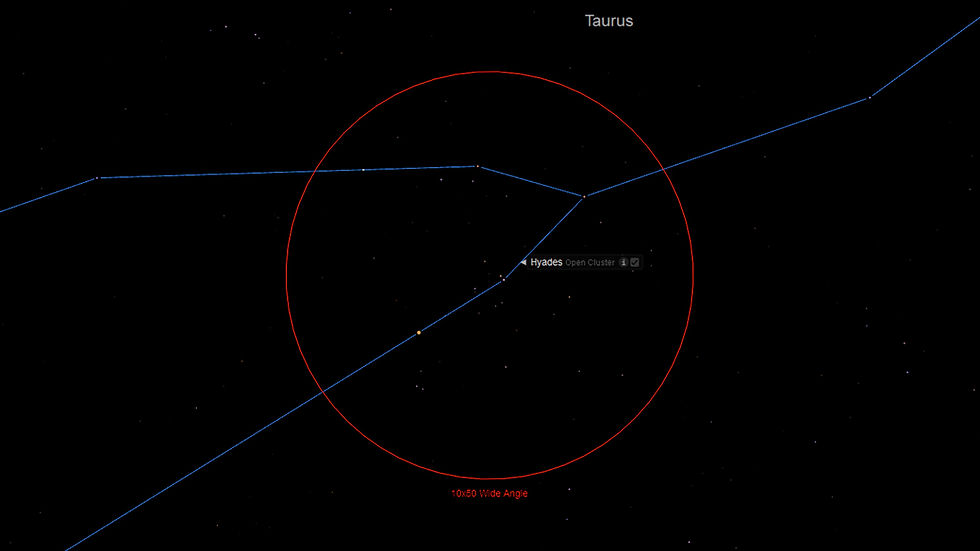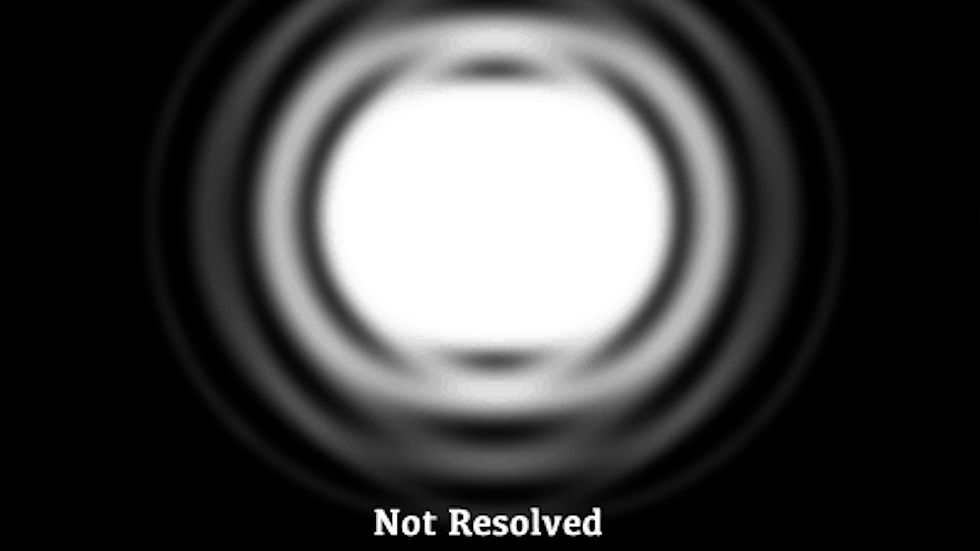Have you ever wondered how to find M45, the Pleiades open cluster? In today's blog of our Deep Sky with Dave Messier Marathon, I will walk you through my four step method for finding this amazing winter sky wonder in your telescope.

M45, the Pleiades, is very bright magnitude 1.5 open cluster located in the constellation of Taurus “The Bull”. The Pleiades also goes by the name “Subaru”,in Japanese. Next time you see a Subaru car or SUV, check out the logo on the front. It is an artistic rendering of the Pleiades or Subaru Open Cluster.

“Do you have a design in mind for your blog? Whether you prefer a trendy postcard look or you’re going for a more editorial style blog - there’s a stunning layout for everyone.”
The brightness of M45 makes it one of the most easily accessible open clusters even from light polluted skies. In fact, at an angular distance of approximately 2 degrees, M45 is easily seen with the naked eye. However, dark sky sites provide significantly better views of the surrounding nebulosity due to the high contrast between the dark sky and the brightness of the object.
To find M45, first, you will need to have a basic understanding of the night sky. I suggest using tools such as the “Sky Safari” app on your cell phone or tablet. In today’s post, I will be using the “Starry Night 8 Pro” a desktop software to help guide you through finding this object.
In today’s post, I will be using the “Starry Night 8 Pro” a desktop software to help guide you through finding this object.
Starry Night also provides there “Live Sky” feature that provides you a link between your desktop software and your phone/tablet running Sky Safari, which makes planning a breeze. I’ll provide links at the bottom of the post for each of these software tools.
Step 1) Find a Starting Asterism or Constellation

At my location in the Northeast US, we will start our observation by locating the constellation Orion as it rises in the southeastern sky just after midnight by mid-October, and as early as 6 PM by the month of January.
Orion is easily located as it is one of the sky’s brightest constellations, and is home to a number of deep-sky objects.
Step 2) Find the Object Using Star Hopping

Within Orion, three bright stars make up his belt. Alnitak, Alnilam, and Mintaka.
Using a Telrad or Red-Dot sight on your telescope or with a pair of binoculars, follow along the belt, starting at Alnitak, and trace an imaginary line along the belt towards and past Mintaka, towards the constellation of Taurus.

On our way through Taurus, we locate a bonus deep-sky wonder. The Hyades is a very bright Magnitude 0.90 Open Cluster, on our way towards M45. The Hyades is extremely large at an angular size of 5.5 degrees which is approximately the width of three fingers at arm’s length. This large angular size is the result of the fact that it is one of the closest open clusters to the Sun at only 153 light-years away.

The Hyades is best viewed in a pair of 10x50 binoculars, or a very wide-field eyepiece on a short focal length telescope, such as a small refractor. If you don’t have either of these or just want to view it for a few seconds, consider simply using your magnified finder scope to get a closer look before moving on towards M45.

Continue past the Hyades toward the next bright patch of stars in the sky. You’ve now located the 7 sisters of the Pleiades.

Step 3) Move your eye to your Magnified Finder

Once I’ve roughly centered the scope, I move to my magnified finder scope. Even in light-polluted skies, M45 should be visible in a 40-50mm finderscope without any issues.
Center M45 in your finderscope.
Step 4) Move your eye to your Widest-Field Eyepiece
Always start your observations at your widest-field eyepiece. For this simulation, I’ve chosen the very wide-field Nagler 26 on my JMI 12.5” Newton Telescope.

Short Focal Length Telescopes work best on this object due to its very large size. M45 is excellent through a short focal length small refracting telescope or a pair of binoculars. Long focal length telescopes such as my Schmidt-Cassegrain are not very useful for this object, as the object is significantly bigger than my Field of View (FOV).

One of the common misconceptions of many people just getting into observational astronomy is that they think that the most important part of a telescope is the ability to magnify an image. When in reality, magnification is actually one of the less-important factors, as light-gathering power and resolving power are significantly more important.
Light gathering power is the ability of a telescope to collect or gather light. I liken this to leaving a drinking glass and a 5-gallon bucket out in a rainstorm. Which one will collect more water? Of course, the answer is the 5-gallon bucket because it has a bigger opening. Telescopes are similar in this way, except they gather light, rather than rainwater.
Pro-Tip: Don’t collect rainwater in your telescope.
Resolving power is the ability to separate light sources, for example, two stars, from each other in your telescope. The larger the telescope's opening, or aperture, the better its resolving power. This is similar to the resolution values we place on video, such as TV. The higher the resolution of a TV, as we go from Standard Definition to HD, and then HD to 4K and beyond, the more detail we see in our TV shows and movies.

As a result of these two main “powers” of a telescope, astronomers often times use very large aperture telescopes to increase the resolution of their observations. However, within Earth’s atmosphere atmospheric conditions, known as seeing, are a major limiting factor. Only with very special instruments called adaptive optics, can professional astronomers improve their observations by going to very large telescopes. But that will have to wait until a future video.
Consider Subscribing
I have some really amazing stuff coming your way soon and am in the process of bringing my experience in both visual astronomy and Astrophotography to you in the future. I also hope to bring my passion for teaching the science of astronomy to the online world. Please consider subscribing to my email list for this blog at the bottom of your page so you get notified each time I post new content.
Please also consider following Cosmos Safari on my YouTube Channel, Facebook, Twitter, Instagram, and TikTok accounts. If you are interested in more of the LIVE video format and to speak with me directly, consider heading over to my Twitch Channel. If you would like to directly support this blog and Cosmos Safari, I would truly appreciate your patronage through my Patreon account.




Commentaires